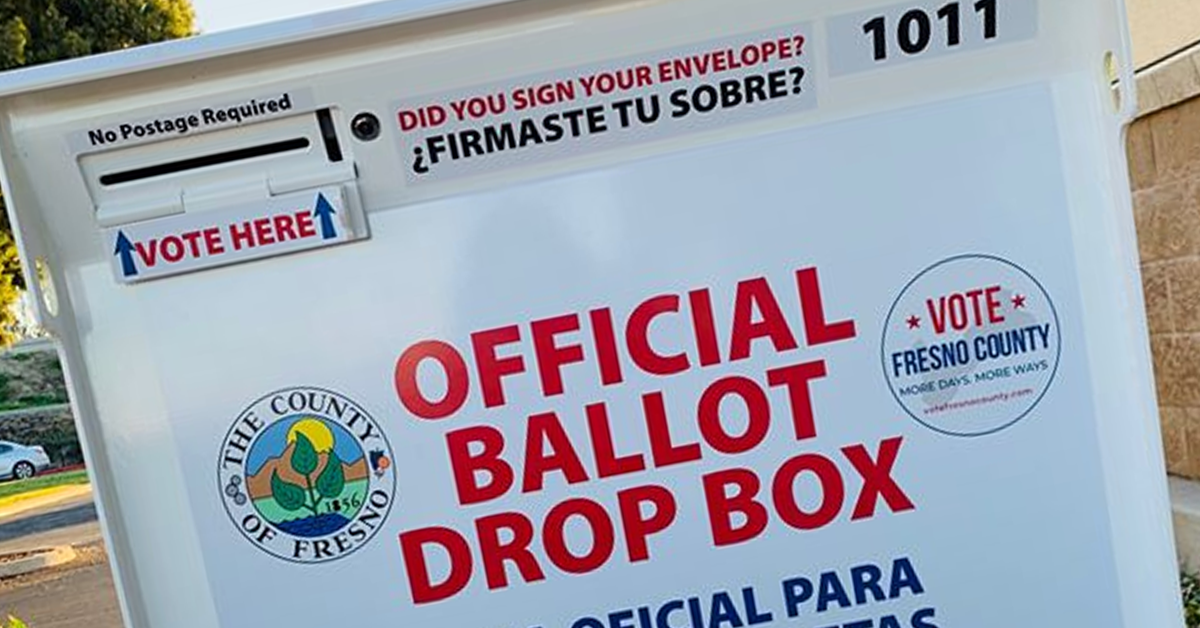COLOR CODES CATCH CRITICISM
Casto’s answer: “Criminal history.”
He elaborated a bit. Beware checks the rap sheet (if any) of the person connected to the address. Casto said the person might have a misdemeanor or something more serious, like a charge of assault with a firearm.
“So,” Baines said, “a person can be red for a misdemeanor?”
Casto didn’t exactly answer the question.
“We don’t know what their algorithm is exactly,” Casto said.
An algorithm is a step-by-step formula used in mathematics or computer science to solve a problem. Intrado’s algorithm – the thing that makes sense of those billions of pieces of public information – is a company secret.
But the bottom line is this: The Intrado algorithm alone determines whether the Fresnan on the other side of the front door is deemed a red, yellow or green level of threat.
“We try not to overload them with information,” Casto said, referring to the responding officers. “We try to provide them with just the pertinent information that would resolve the call.”
It was fascinating to watch Baines in action. The trained former cop on the dais was softly but effectively grilling the trained current cop at the public microphone.
Casto acknowledged that Beware tracks social media sites.
Said Baines: “The gentleman who came to my office said, ‘Look, I’m going to be honest. I say a lot of inflammatory things on Facebook. But I’m not a bad guy.’”
A new question had entered the debate: Could someone be deemed a red or yellow level of threat simply by his social media habits.
Dyer took over the public microphone. He said the officer in the field isn’t told a color. The colored level of threat, along with the information used to support the assessment, is revealed only to the analyst in the Real Time Crime Center. This analyst in Fresno serves as both intermediary (between Beware and responding officer) and judge (what does the officer potentially in harm’s way truly need to know?).
Let’s say the person behind the door at this address has a record of making social media threats against police officers, Dyer said.
“That’s probably information a police officer is going to need as they get there,” the Chief said.
Dyer said his year-long experience with Beware suggests social media play a tiny part in the computerized search process.
And what might the responding officer do with Beware information filtered through the Real Time Crime Center?
The officer might “slow the call down,” Dyer said. “Maybe get a backup. Maybe get a negotiator. Maybe do something to handle that call more safely for the citizen and for the officer.”
Then, without warning, Council Member Steve Brandau took the spotlight.









